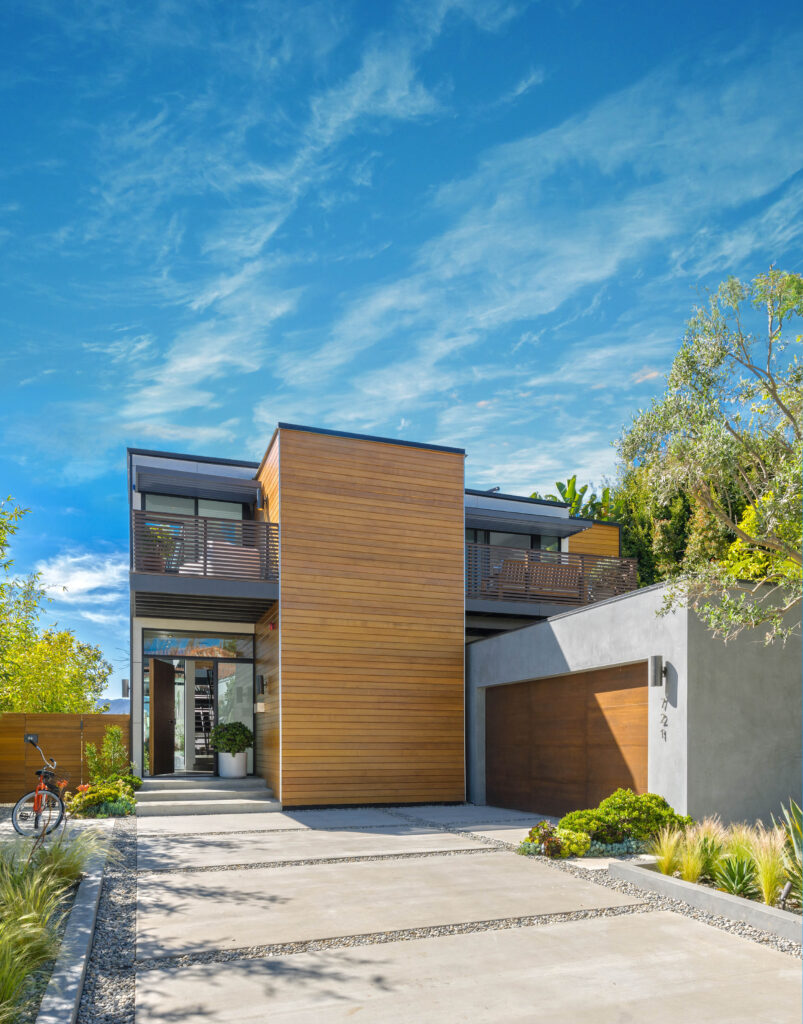
The Growing Conscience for Green Living
Sustainability and living an increasingly green lifestyle is a growing trend. Specific to design and architecture is the desire to lessen one’s carbon footprint via sustainable components, be it for new home construction or a renovation. This heightened consciousness for greener living is a top priority for a great many people.
The trend has created a great marketplace for sustainability and energy efficiency in a multitude of ways, like making one’s home more environmentally friendly by way of rainwater harvesting systems, tankless water heaters, and/or energy-efficient appliances such as the vast selection from Energy Star. From a designer perspective, innovations in sustainable furniture design range from energy-efficient windows to reclaimed wood and recycled plastic.
Even simple changes are easily implemented in homes, apartments or townhomes, whether it’s swapping out a traditional faucet for a water-saving fixture or installing an Energy Star dishwasher to reduce water consumption.
“While LEED standards in California have been regulating the green-home industry on new construction for many years, there are now government mandates specifically on new home construction under Title 24 the acceptance tests that ensure code compliance and promote optimization of efficiency and performance,” states Steve Glenn, CEO of LivingHomes, based in Santa Monica.
“Our company, Living Homes, takes the sustainable home to the next level by building environmentally conscience prefab homes built with home health as the priority coupled with top-notch design with warm modern settings. We are seeing a greater awareness from the consumer in regard to healthy living.”
Healthier buildings are a credit to reduced energy needs and noxious emissions, health costs associated with indoor air contaminants, landfill costs and water requirements, according to Living Homes.
Not only built to be incredibly sustainable, the company’s prefab homes can be delivered and installed within 24 to 48 hours. An added bonus is the upfront savings on construction costs that ring in about 10 to 20 percent lower, plus reduced cost on energy and resources over time.
Still, “While the curiosity and conversations are on the rise, we are just not there yet,” says real estate guru Alison Clay-Duboff about a trend that, in her opinion, has room to grow. “Most clients are concerned about energy efficiency, drought-resistant lawns and living healthier, but for green LEED-rated homes we haven’t seen that trend rise to its full potential in the South Bay as of yet. It has been more prevalent on the Westside, but altogether, we simply need more cultural awareness on the benefits of living more green.”
Today’s students engage near daily in environmental discussions in school. While related concerns are embedded in their stream of consciousness, many adults are still educating themselves on the issue. But as the collective desire for a greener life grows, through everything from farm-to-table dining to matters of health and fitness, look for local homes to reflect a similar sensibility.
Photos Courtesy of Grant Mudford and Ron Luxemburg